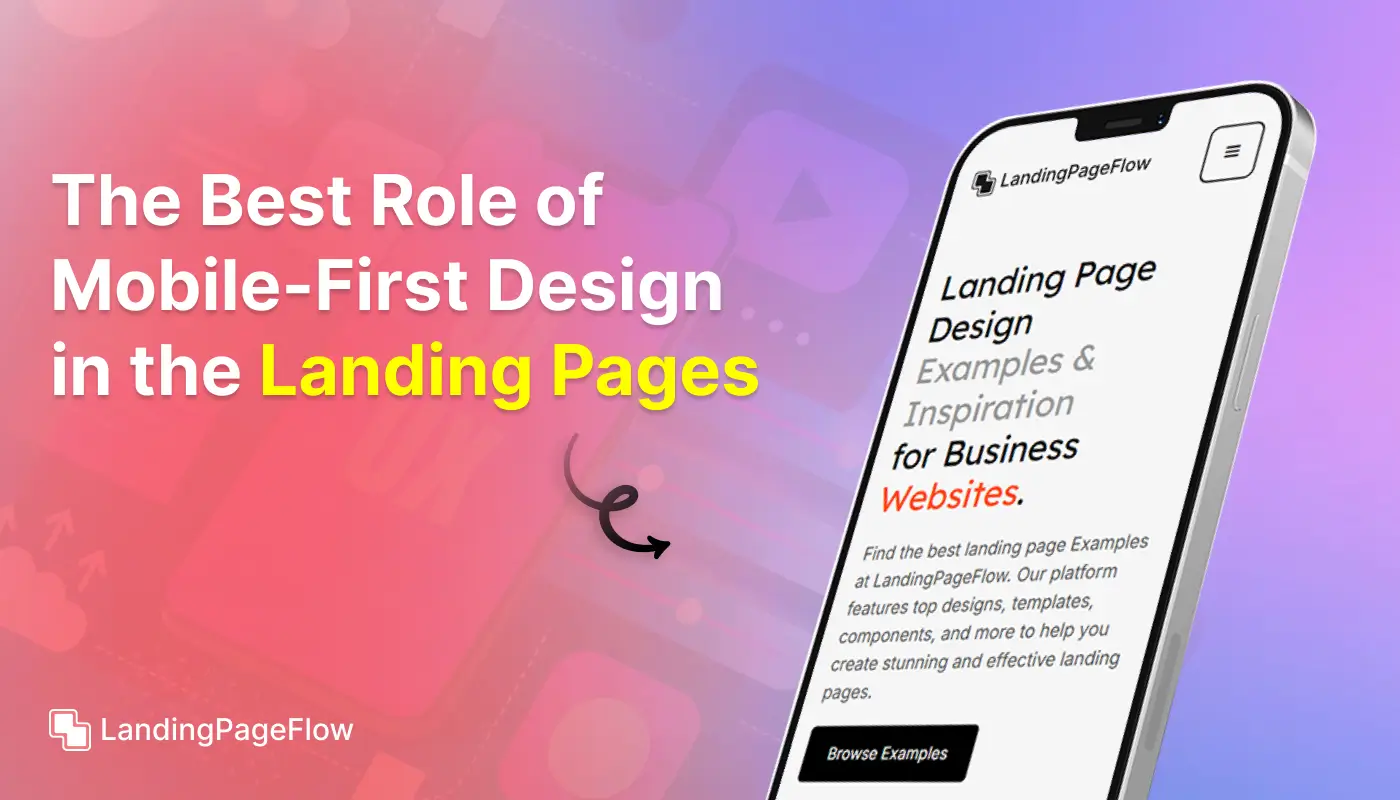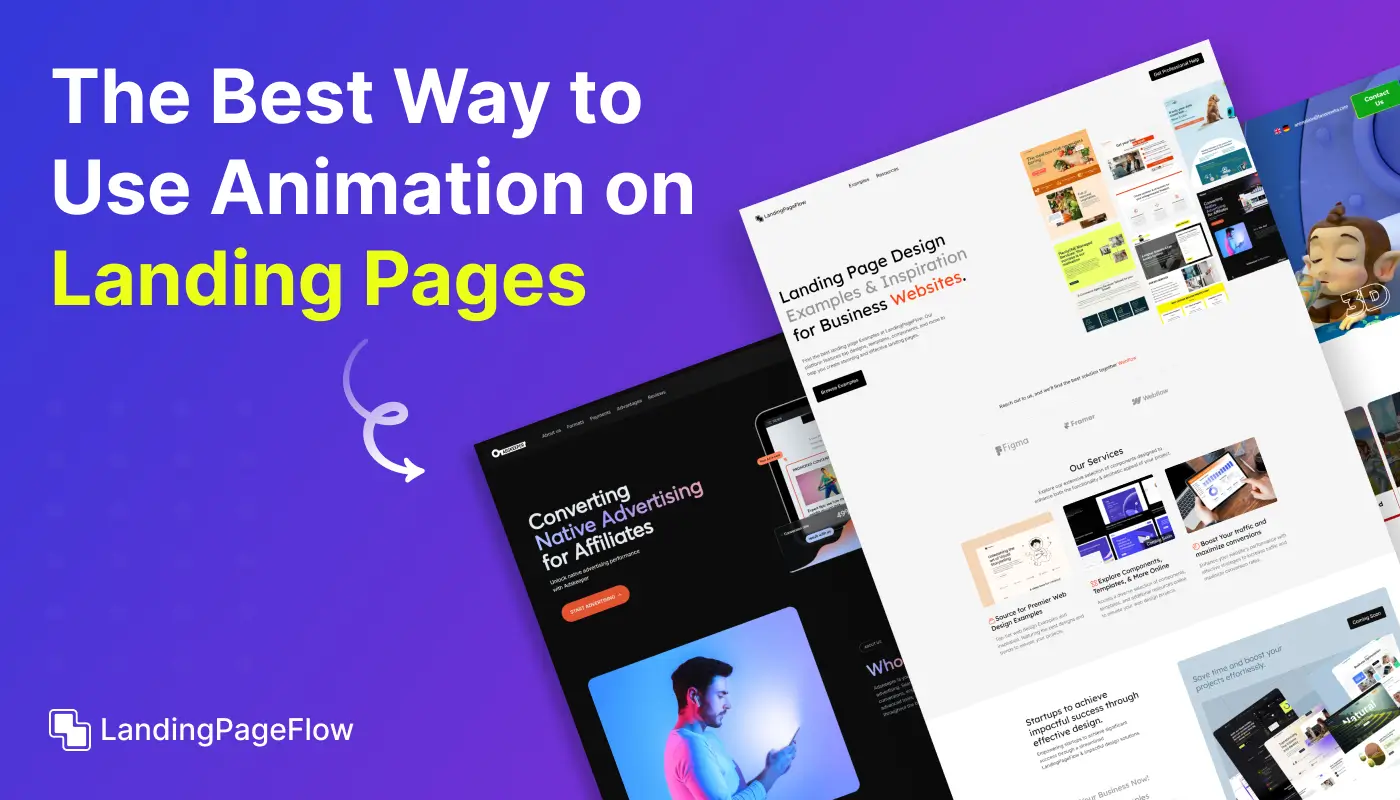The Psychology of High-Converting Landing Pages | A Must-Know For Business Owners!

November 13, 2025
Landing pages play a crucial role in turning curious visitors into paying customers, yet many business owners overlook the psychology behind conversions.
Understanding how design, colors, trust signals, and calls-to-action influence decision-making can be the key difference between a lost click and a new lead.
Psychological triggers such as social proof, scarcity, and simplicity guide users through a seamless journey that encourages action without overwhelming them.
Small details like button placement, persuasive copy, and structured layouts can dramatically increase conversions when paired with research-driven insights.
By applying proven psychological principles, brands can boost conversion rates, build trust, and maximize ROI on every marketing campaign they launch.
Mastering these strategies in 2025 ensures your landing pages remain competitive in an evolving digital marketing landscape.
"Get expert guidance on building high-converting landing pages
That blend psychology, design, and SEO for success."
Table of Contents
- First Impressions Matter: The Power of the Hero Section
- The Role of Cognitive Biases in Decision-Making
- Emotional Triggers That Drive Conversions
- Building Trust: The Importance of Social Proof
- The Science of Call-to-Action (CTA) Optimization
- Visual Hierarchy: Structuring Your Page For Maximum Engagement
- Minimizing Friction: Reducing Cognitive Load For Seamless Conversions
- A/B Testing: Data-Driven Decisions For Better Performance
- Final Thoughts & Next Steps
1. First Impressions Matter: The Power of the Hero Section

Your landing page has only 3-5 seconds to capture a visitor’s attention. The hero section—the first thing users see—must communicate your value proposition clearly and concisely.
What Works:
- A compelling headline that speaks directly to the visitor’s pain points.
- A strong subheadline that reinforces the main message.
- A high-quality image or video that visually supports your offer.
- A clear CTA that tells visitors exactly what to do next.
Psychological Insight: The Primacy Effect states that people remember the first piece of information they see. Ensure your hero section makes an unforgettable first impression.
2. The Role of Cognitive Biases in Decision Making

Cognitive biases influence how people interpret information and make decisions. By understanding these biases, you can craft a landing page that subtly guides visitors toward conversion.
Key Cognitive Biases to Leverage:
- Anchoring Bias: Displaying a high original price next to a discounted price makes the deal seem more attractive.
- FOMO (Fear of Missing Out): Limited-time offers create urgency and encourage immediate action.
- Social Proof Bias: Seeing others’ positive experiences builds trust and confidence in your product.
- Loss Aversion: People fear losing more than they desire to gain. Highlighting potential losses (e.g., "Don’t miss out on this limited-time offer!") can boost conversions.
3. Emotional Triggers That Drive Conversions

Purchasing decisions are 80% emotional and 20% logical. To convert visitors, appeal to their emotions first, then justify the decision with logic.
Emotional Triggers to Use:
- Fear & Urgency: "Only 3 spots left! Secure yours now."
- Aspiration: "Transform your business with AI-driven solutions."
- Belonging: "Join thousands of satisfied customers who trust us."
- Empowerment: "Take control of your growth with our proven strategies."
4. Building Trust: The Importance of Social Proof

Before making a decision, visitors want to know if they can trust you. Social proof provides reassurance by showcasing real customer experiences.
Trust-Building Elements:
- Testimonials & Reviews – Authentic feedback from happy customers.
- Case Studies – Showcasing measurable results from real clients.
- Trust Badges & Certifications – Displaying security logos, industry awards, or guarantees.
- User Counts & Endorsements – "Trusted by over 10,000 businesses worldwide."
Psychological Insight: The Bandwagon Effect suggests that people are more likely to take action if they see others doing the same.
5. The Science of Call-to-Action (CTA) Optimization

A CTA is where conversions happen. It must be clear, compelling, and action-driven.
Best Practices for CTAs:
- Use action-oriented language (e.g., "Get Started Now," "Claim Your Free Trial").
- Create urgency (e.g., "Limited Spots Available!").
- Make it visually distinct (contrast with the background color).
- Reduce risk (e.g., "No Credit Card Required").
Psychological Insight: The Zeigarnik Effect states that people are more likely to complete a task once they start. Micro-commitments (e.g., “Start for Free”) can increase conversions.
6. Visual Hierarchy: Structuring Your Page For Maximum Engagement

The way information is presented impacts how users interact with your page.
Key Design Principles:
- F-Shaped Reading Pattern: Place important elements where the eye naturally moves.
- Contrast & Whitespace: Highlight key messages by avoiding clutter.
- Directional Cues: Use arrows or images that guide the eye to CTAs.
Psychological Insight: The Von Restorff Effect suggests that elements that stand out are more likely to be remembered and acted upon.
7. Minimizing Friction: Reducing Cognitive Load For Seamless Conversions

Too many choices, distractions, or unnecessary steps create friction and drive visitors away.
How to Reduce Friction:
- Keep forms short – Only ask for essential information.
- Remove distractions – Limit navigation options on landing pages.
- Speed matters – Optimize load time for better user experience.
Psychological Insight: Hick’s Law states that the more choices people have, the longer it takes for them to decide. Simplify the path to conversion.
8. A/B Testing: Data-Driven Decisions For Better Performance

Not all landing pages perform the same. Testing helps you refine and improve.
What to A/B Test:
- Headlines & subheadlines
- CTA placement & wording
- Color schemes & button designs
- Social proof & trust elements
Psychological Insight: The Endowment Effect suggests that people value something more when they feel ownership. Personalizing landing pages can increase conversions.
Conclusion
The psychology of high-converting landing pages offers business owners an edge in creating experiences that drive measurable growth.
Emotions, trust signals, and persuasive elements work together to guide users from curiosity to conversion. By focusing on clarity, user intent, and simplicity, your brand creates a seamless journey that encourages lasting engagement.
Effective landing page psychology strengthens brand authority while reducing bounce rates and boosting conversion percentages. Every business in 2025 must leverage these principles to compete in the crowded digital marketing space.
Applying psychological triggers to your landing page strategy ensures that every visitor encounter has the power to generate real results. Your landing page success depends on combining strong design with psychological insights that turn browsers into buyers.

FAQ
1. Why is psychology important for high-converting landing pages?
Psychology helps business owners understand how users make decisions, ensuring design, layout, and messaging align with natural human behavior.
2. What psychological triggers improve landing page conversions?
Triggers like scarcity, urgency, trust signals, and social proof influence user actions and create confidence in taking the next step.
3. How does color psychology affect landing page performance?
Colors evoke emotions that guide decisions—for example, blue builds trust, while red encourages urgency and action.
4. What role does social proof play in landing page psychology?
Testimonials, reviews, and user statistics build credibility, which reassures visitors and increases the likelihood of conversions.
5. Can small design changes based on psychology make a difference?
Yes, adjustments like button placement, CTA wording, and visual hierarchy significantly influence conversion rates.
6. How can business owners apply psychology to landing pages in 2025?
They can use data-driven insights, persuasive copy, mobile-friendly layouts, and SEO-focused designs that align with user intent.



















